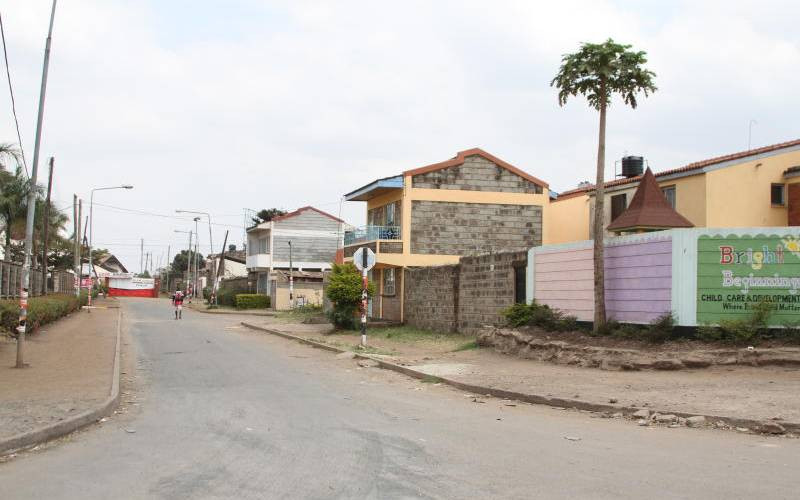Copyright nytimes

In a study I led earlier this year, my colleagues and I found that if big new power users curbed demand just 0.25 percent of the time — about 22 hours a year — the United States could accommodate more data centers without burdening household electricity users. Another analysis found nearly the same thing: Cutting grid use during just 10 of the year’s busiest hours provided nearly the same benefit as building a new power plant. For data centers, this flexibility doesn’t have to be a burden — it can be the fastest path to connect to the grid. Some are beginning to use batteries and varied schedules to come online years faster than if they waited for utilities to upgrade the grid to accommodate them. Google has signed contracts in Indiana, Tennessee and Arkansas that commit its data centers to reducing grid demand when supplies run tight, while Iron Mountain Data Centers is deploying batteries in New Jersey that can temporarily power its facility independently from the grid. And in states like Texas, regulators are beginning to require large users to be the first to cut their power use during emergencies, helping spare households from outages. The federal government is now validating this approach. In an extraordinary move, on Oct. 23 the Department of Energy directed the Federal Energy Regulatory Commission to propose a rule that would allow new data centers and factories to plug into the grid years sooner if they agree to lower their use during the rare hours when supplies run tight. The proposal has drawn strikingly broad, bipartisan support. Some data centers that specialize in instant, on-demand services — like web search, streaming or chat — may find it impractical to dial back during peak hours. But even then, similar benefits can be achieved if data centers pay residential and business electricity consumers to shift their use during extreme peak hours with smart thermostats, networked appliances and battery systems that can adjust automatically. That could provide the same relief for the system while data centers compensate other users directly. None of this requires new legislation or complex coordination across 50 states. It simply requires the data center industry to embrace flexibility as part of the solution and for grid planners to make room for it. This won’t eliminate the need for more infrastructure, but paired with grid-enhancing technologies and smarter utility incentives, it can reduce how much we need to build and how much customers ultimately pay. For families watching their power bills climb, that change can’t come soon enough.



